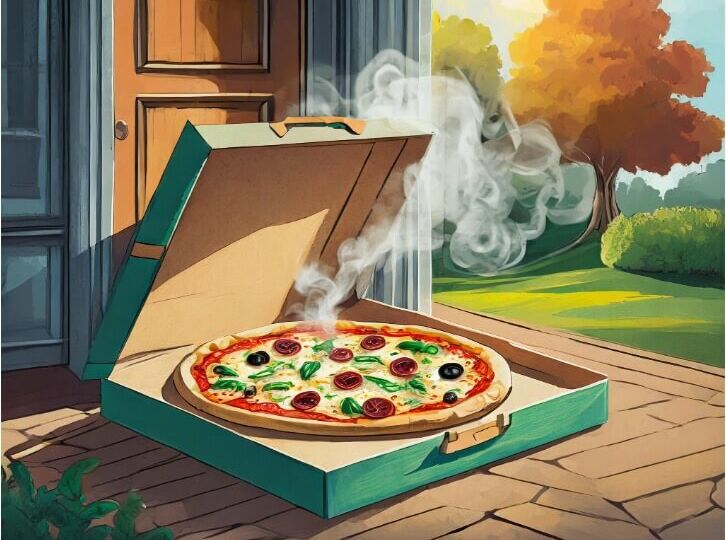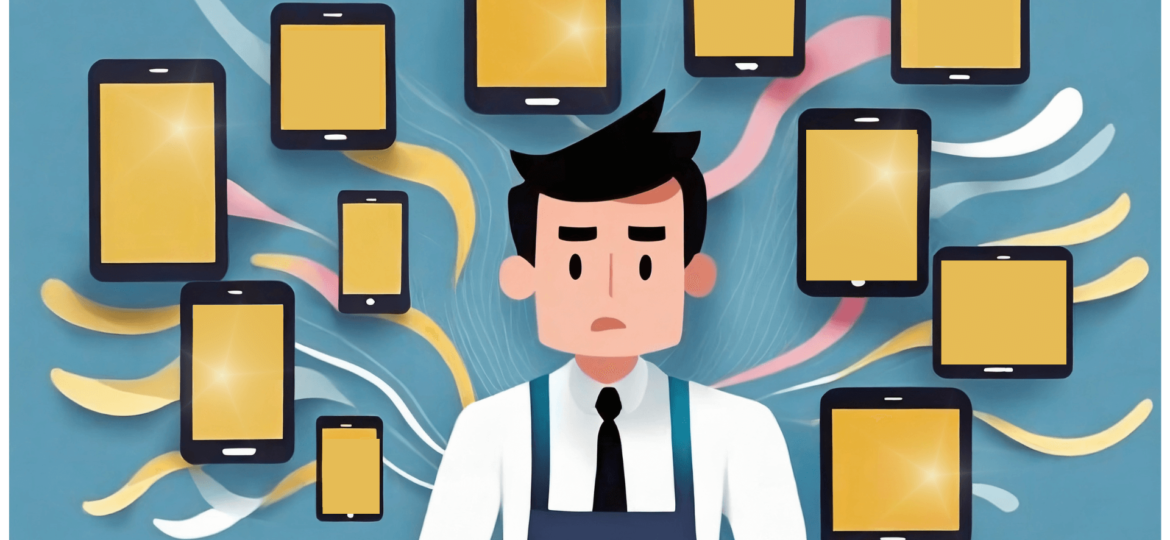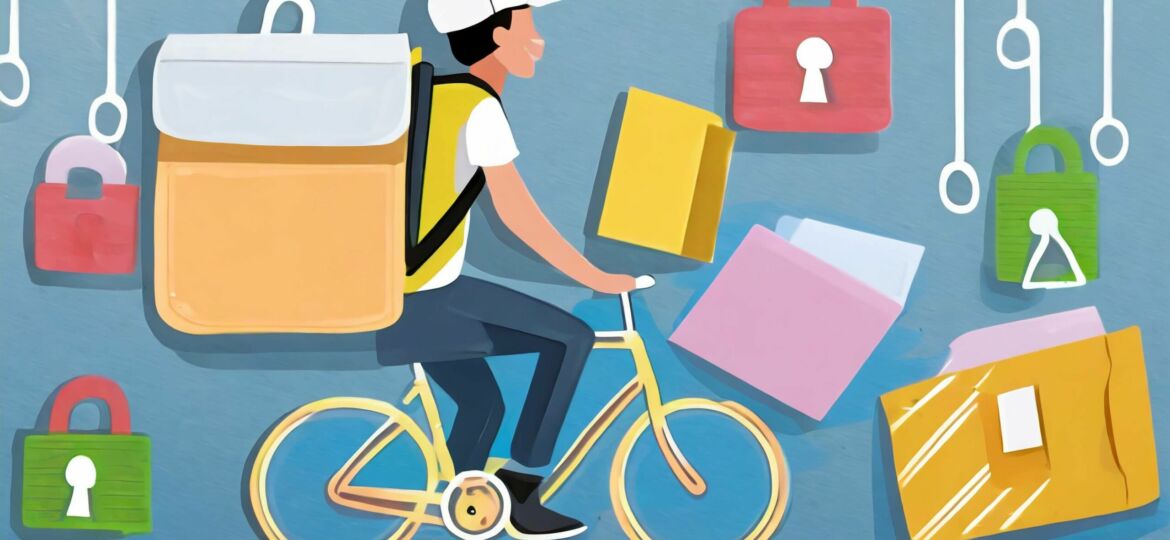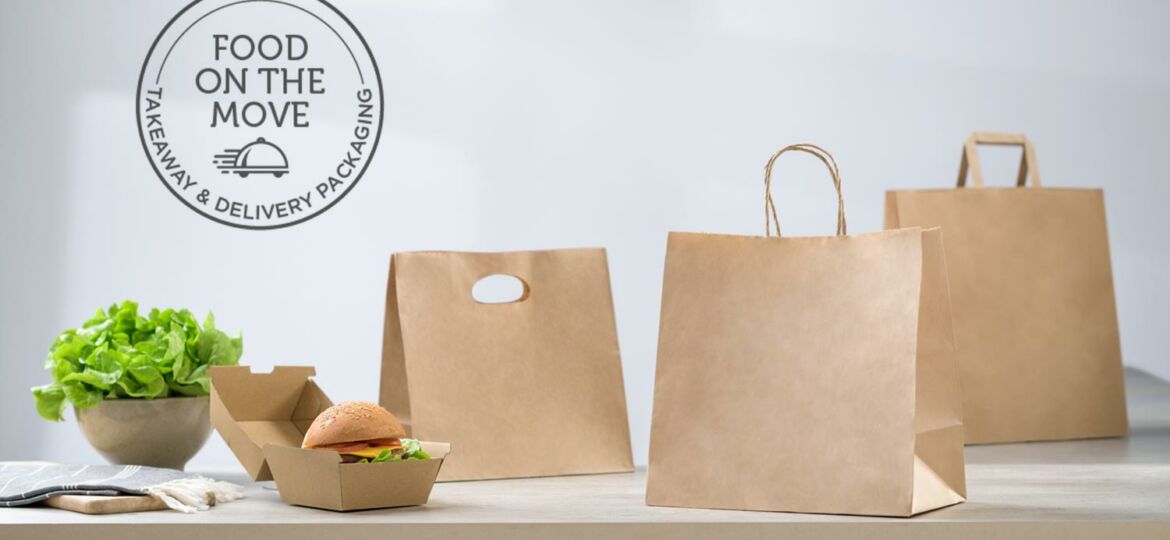In the fiercely competitive landscape of 2024, where the food industry witnesses a rapid influx of new establishments, differentiation is paramount. Loyalty programs, once confined to the simplicity of punch cards, have now evolved into indispensable tools for restaurants striving to stand out. This article delves into the evolving significance of loyalty programs in restaurant chains, highlighting their role in customer retention, engagement and the quest for a competitive edge. As these programs reshape the customer experience, we explore their transformative impact on the intricate dynamics of the modern restaurant industry, having transcended the rudimentary confines of punch cards to meet the demands of a more sophisticated and discerning consumer base.
Blog Article
In the fiercely competitive landscape of 2024, where the food industry witnesses a rapid influx of new establishments, differentiation is paramount. Loyalty programs, once confined to the simplicity of punch cards, have now evolved into indispensable tools for restaurants striving to stand out. This article delves into the evolving significance of loyalty programs in restaurant chains, highlighting their role in customer retention, engagement and the quest for a competitive edge. As these programs reshape the customer experience, we explore their transformative impact on the intricate dynamics of the modern restaurant industry, having transcended the rudimentary confines of punch cards to meet the demands of a more sophisticated and discerning consumer base.
Picture this: you’re standing in a bustling fast-casual restaurant during the lunch rush. Behind the counter, a towering mountain of screens looms large, each representing a different third-party food delivery provider. Suddenly, the lunch peak begins, and orders flood in from every direction, each order emanating from a distinct screen. The chaos unfolds rapidly, overwhelming the staff who find themselves caught in the crossfire of a digital storm.
The restaurant industry is in the midst of a digital revolution, facing a new challenge: the lack of access to valuable customer data. Beyond recipes and flavours, key information is at stake, and many restaurants are not yet fully aware of this growing threat. It’s time to understand the critical importance of maintaining and managing this data to ensure a restaurant’s control and success.
Due to technology advances, the web is becoming more and more personalised to the individual; an advert promoting the burger you ordered last week, a pop up showing you the clothes you have been browsing for months or your social media feed filled with quick easy recipes that you have been looking at for inspiration. Algorithms behind technology are both smart and powerful things, putting
It is no secret that food is one of the fundamental needs of humans. There is no alternative, no other solution. Food gives us energy and energy allows us to explore, create and engage.
Both the lifestyle you live and the food you chose leads you to your own specific goal but most of us have an overall common goal of convenience. With the fast-paced style that we all live the need for quick, easy food options is a must.
Quick service restaurants are just as their name describes. They are solely catered to providing the “quickest”, most efficient food services. You may also know these restaurants under the term “fast food”. They have little to no seating, and cook in short spans of time, hardly allowing the consumer time to think as they wait on their food. While they were once (and sometimes still are) viewed as only unhealthy, new trends and societal changes are calling for a wider range of fast food options. Now, you can find quick service restaurants that provide anything from fried chicken to a fruit bowl.
Living in a society that is constantly evolving, we see new opportunities in everything. Every piece of technology created sparks an idea for the next, better version. For instance, consider the smartphone. It is hard to imagine a world without it. Yet, there was a time when cell phones couldn’t hold apps or send texts. When they didn’t have cameras or screens. Even when personal cell phones didn’t exist at all. Looking back on times before the new digital age shows just how far we have come in the span of two decades.
It seems weird to imagine a time when you had to dial a phone number to order delivery. To hear the words “it will be there in 45 minutes to an hour” and be unable to track the courier. To be limited to pizza or chinese takeout, and only order on occasion. Restaurants’ abilities to deliver depended on their ability to maintain couriers and promote delivery options, so there were few that offered it. Eating out was an event, and eating at home consisted of groceries and home-made meals. Not much time has passed since our food delivery options were this limited, yet the industry has changed drastically in a very short period of time.






